I have a dynamic list of items, each item could have different teamplate/layout (and height). And one those item types could have an internal list of items to select from, regularly 5-6 rows, each has different height.
If I try to describe it further, in my scenario I have one tableview (#slave) inside tableviewcells (#master-cell) of another tableview (#master). Moreover cells (#slave-cell) in my #slave tableview could have different height as well. So I need to layout my #slave to have #master automatically calc and update its size.
I have the issue with the inner table (#slave). In case of auto-layout, to fit all the cell space, the table will be collapsed unlike UILabel or other controls. So what I need here is to get the projected size of #slave table and set the height of the #slave = content height of the #slave.
I found similar post and it works if all rows have the same height but I'm using custom rows with dynamic height so the tableView.contentSize.Height gives me invalid result (basically just multiply rowNumbers * estimatedRowHeight, you can see it on the screenshot, master item #3 has 4 inner cells). Even after calling #slave.reloadData I couldn't get that size.
What is the proper way to build that kind of UI?
Source code with a test project attached (Xamarin.iOS)
